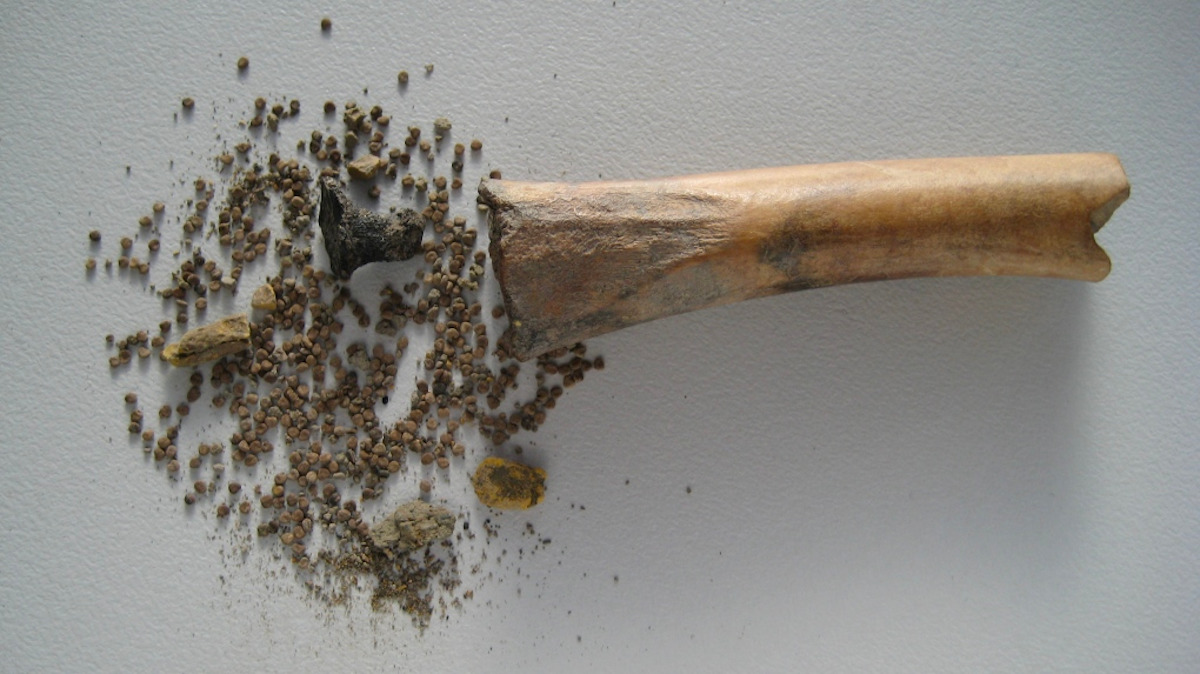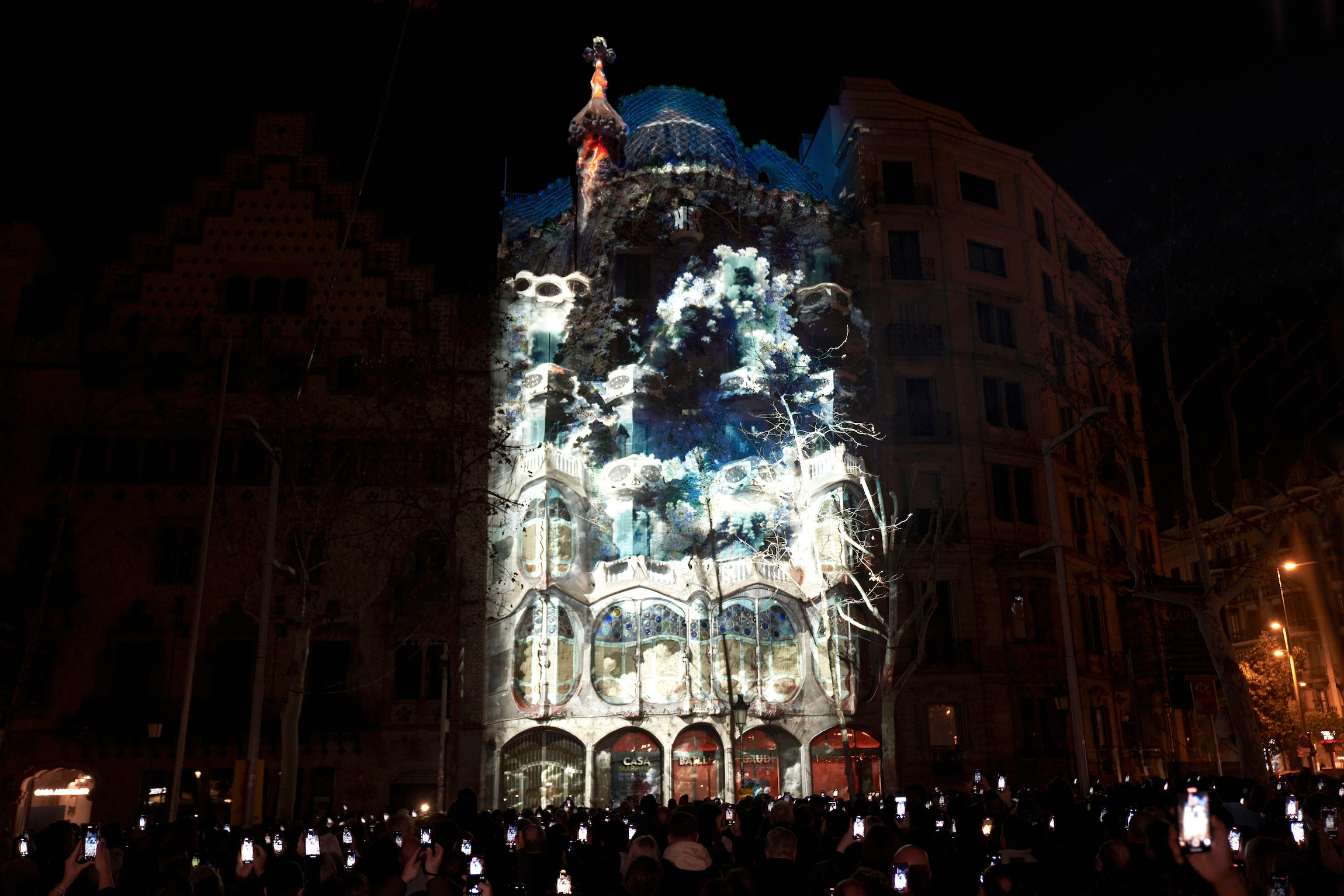To ancient physicians, black henbane was a source of both fascination and fear. In the right amount, this poisonous plant was a mild narcotic, capable of relieving pain and helping with difficult pregnancies. Yet ingesting too much, as one Roman author wrote, could lead to “alienation of [the] mind or madness.”
In a paper published today in the journal Antiquity, researchers report finding a cache of Roman-era black henbane from the first century C.E. hidden within the hollows of a goat or sheep bone from the Netherlands. While medical uses of the plant are described in Roman texts, the find shows that its powers were known even on the far fringes of the empire.
“Having finds like this is wonderful,” says Laurence Totelin, a historian of science at Cardiff University who was not part of the research team. “It really advances our understanding.”
Archaeologists almost overlooked the unique discovery. While sorting and measuring over 86,000 animal bones found at a 2000-year-old farmstead near what is now the Dutch city of Utrecht, archaeozoologist Maaike Groot of the Free University of Berlin didn’t notice that one of these bones was sealed at one end by a small birch tar plug.
Her colleague Martijn van Haasteren, an archaeozoologist now working for the Cultural Heritage Agency of the Netherlands, also initially missed the plug while cleaning the bones back at his lab. When he accidentally dislodged it, hundreds of tiny black specks spilled out.
Colleagues identified them as the seeds of black henbane, a toxic plant that thrives in the kind of disturbed soil often found on the margins of human settlements. The sticky birch tar plug and waterlogged soil had preserved the bone container and its contents over the centuries. “I don’t think we realized how exciting the find was at the time,” Groot says. “It really is quite unique.”
The sealed container, full of nothing but henbane seeds, is solid proof people at the site were collecting, using, and probably cultivating the plant. “Plants grow naturally and drop seeds near settlements,” Groot says. “That doesn’t necessarily mean they were used by humans.”
The bone container, about the diameter of a pinkie finger inside, tells a story of human use. “To see it in a bone with a plug I found really interesting,” Totelin says. “It’s quite clearly preserved for its medicinal purposes.” And the container appears to have been well-used. “Some parts of the bone were more polished than others, as though it had been handled a lot,” van Haasteren notes.







